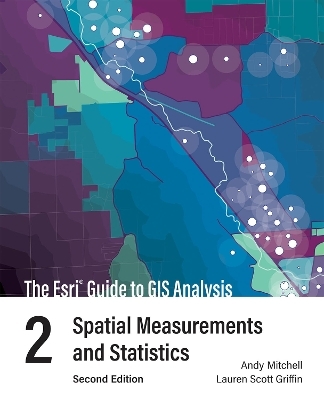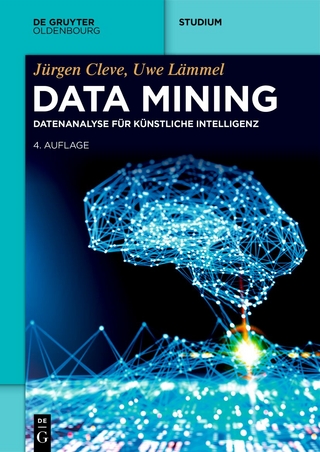
The Esri Guide to GIS Analysis, Volume 2
Environmental Systems Research Institute Inc.,U.S. (Verlag)
978-1-58948-608-9 (ISBN)
Learn how to get better answers in map analysis when you use spatial measurements and statistics.
Spatial measurements and statistics give you a powerful way to analyze geospatial data, but you don't need to understand complex mathematical theories to apply statistical tools and get meaningful results in your projects.
The Esri Guide to GIS Analysis, Volume 2: Spatial Measurements and Statistics, second edition, builds on Volume 1 by taking you to the next step of GIS analysis. Learn to answer such questions as, how are features distributed? What is the pattern created by a set of features? Where can clusters be found?
This book introduces readers to basic statistical concepts and some of the most common spatial statistics tasks: measuring distributions, identifying patterns and clusters, and analyzing relationships.
Updated with the latest and most useful software tools and revised explanations, each chapter in The Esri Guide to GIS Analysis, Volume 2 is organized to answer basic questions about the topic. Explore how spatial statistical tools can be applied in a range of disciplines, from public health to habitat conservation. Learn how to quantify patterns beyond visualizing them in maps. Examine spatial clusters through an updated chapter on identifying clusters.
Use The Esri Guide to GIS Analysis, Volume 2, second edition, to understand the statistical methods and tools that can move your work past mapping and visualization to more quantitative statistical assessment.
Andy Mitchell is a technical writer with more than 30 years’ experience in GIS. He is the author or co-author of several books, including The Esri Guide to GIS Analysis series and Zeroing In: Geographic Information Systems at Work in the Community. Dr. Lauren Scott Griffin has more than 33 years of experience in software development and GIS at Esri. She has been invited to deliver presentations, workshops, and short courses at the National Institute of Justice, Centers for Disease Control, Johns Hopkins, New York City Department of Health, University College London (UCL) Jill Dando Institute of Crime Science, London Health Protection Agency, Sault Ste. Marie Innovation Center, World Vision, and the University of Copenhagen Institute of Geography.
Foreword to the second edition
Foreword to the first edition
Acknowledgments
Chapter 1: Introducing spatial measurements and statistics
Understanding Data Distributions
Chapter 2: Measuring geographic distributions
Testing statistical significance
Chapter 3: Identifying patterns
Defining spatial neighborhoods and weights
Chapter 4: Using statistics with geographic data
Using statistics with geographic data
Chapter 5: Analyzing geographic relationships
Data credits
Index
| Erscheinungsdatum | 27.05.2021 |
|---|---|
| Zusatzinfo | Illustrations |
| Verlagsort | Redlands |
| Sprache | englisch |
| Maße | 190 x 234 mm |
| Themenwelt | Informatik ► Datenbanken ► Data Warehouse / Data Mining |
| Mathematik / Informatik ► Mathematik | |
| Naturwissenschaften ► Geowissenschaften ► Geografie / Kartografie | |
| ISBN-10 | 1-58948-608-0 / 1589486080 |
| ISBN-13 | 978-1-58948-608-9 / 9781589486089 |
| Zustand | Neuware |
| Informationen gemäß Produktsicherheitsverordnung (GPSR) | |
| Haben Sie eine Frage zum Produkt? |
aus dem Bereich


